Table of Contents
Introduction:
Press machines are used in various industries for shaping, cutting, and forming materials. They use pressure to manipulate materials into desired shapes and sizes. There are many different types of press machines, each with its own unique features and capabilities.
Different parts of a press machine:

Frame:
The frame of the press machine is the backbone of the machine. It supports the other parts of the machine and is responsible for maintaining the machine’s rigidity. The frame is typically made of steel and is designed to withstand the high forces that are generated during the operation of the press machine.
Bed:
The bed is the flat surface on which the material is placed during the operation of the press machine. The bed is typically made of cast iron and is designed to withstand the high forces that are generated during the operation of the press machine. The bed is also designed to be flat and level to ensure the material is pressed evenly.
Ram:
The ram is the moving part of the press machine that applies pressure to the material. The ram is typically made of steel and is designed to withstand the high forces that are generated during the operation of the press machine. The ram is also designed to be smooth and flat to ensure that the material is pressed evenly.
Die:
The die is the tool that is used to shape or cut the material. The die is typically made of hardened steel and is designed to withstand the high forces that are generated during the operation of the press machine. The die is also designed to be precise to ensure the material is shaped or cut accurately.
Bolster:
The bolster is the part of the press machine that supports the die. The bolster is typically made of steel and is designed to withstand the high forces that are generated during the operation of the press machine. The bolster is also designed to be flat and level to ensure that the die is supported evenly.
Clutch:
The clutch is the part of the press machine that controls the movement of the ram. The clutch is typically made of steel and is designed to withstand the high forces that are generated during the operation of the press machine. The clutch is also designed to be precise to ensure that the ram moves smoothly and accurately.
Brake:
The brake is the part of the press machine that controls the stopping of the ram. The brake is typically made of steel and is designed to withstand the high forces that are generated during the operation of the press machine. The brake is also designed to be precise to ensure that the ram stops smoothly and accurately.
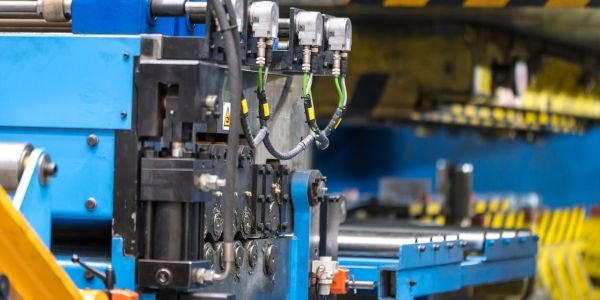
Types of press machines and their uses
Hydraulic Press Machines:
Hydraulic press machines are press machines that use hydraulic pressure to apply force to materials. These machines are highly efficient and can apply high force without any physical effort. They are commonly used in manufacturing for applications such as pressing, cutting, and forming materials. Hydraulic press machines can also be used for punching and blanking operations, as well as for deep drawing and forging.
Mechanical Press Machines:
Mechanical press machines are another common type of press machine. They use mechanical energy to apply force, typically through a flywheel and a crankshaft. These machines are often used for punching, blanking, and stamping operations. They can be used with a variety of materials, including metals, plastics, and rubber.
Pneumatic Press Machines:
Pneumatic press machines are another type of nonconventional press machine that uses compressed air to apply force to materials. These machines are similar to hydraulic press machines, but they use air instead of hydraulic fluid. Pneumatic press machines are highly versatile and can be used for various applications such as stamping, bending, and punching
Arbor Press Machines:
Arbor press machines are small, hand-operated machines that are used for light-duty applications. They are typically used for pressing small parts together, such as gears, bearings, and bushings. They are also used for bending and forming thin materials, such as sheet metal and wire.
H-frame Press Machines:
H-frame press machines are large machines that are used for heavy-duty applications. They are typically used for pressing and forming large parts, such as metal sheets and plates. They can also be used for punching, stamping, and forging operations.
Four-column Press Machines:
Four-column press machines are used for heavy-duty applications that require precise and consistent force application. They are typically used in metalworking, forging, and stamping applications. They are also used in industries that require high-force applications, such as automotive and aerospace manufacturing.

C-frame Press Machines:
C-frame press machines are compact and versatile machines that can be used for a variety of applications. They are typically used for pressing and forming small to medium-sized parts, such as brackets, fittings, and clips. They are also used for punching and cutting operations.
Servo Press Machines:
Servo press machines are nonconventional press machines that use a servo motor to apply force to materials. These machines are highly precise and can be used for applications that require high accuracy and repeatability. Servo press machines are commonly used in manufacturing for applications such as stamping, forming, and bending.
Electromagnetic Press Machines:
Electromagnetic press machines are nonconventional press machines that use electromagnetic fields to apply force to materials. These machines are highly efficient and can apply force quickly and precisely. Electromagnetic press machines are commonly used in manufacturing for applications such as stamping, forming, and cutting.
Rotary Press Machines:
Rotary press machines are nonconventional press machines that use rotary motion to apply force to materials. These machines are highly efficient and can be used for various applications such as stamping, forming, and cutting. Rotary press machines can also be used for deep drawing and forging operations.
Also, read the cutting plier

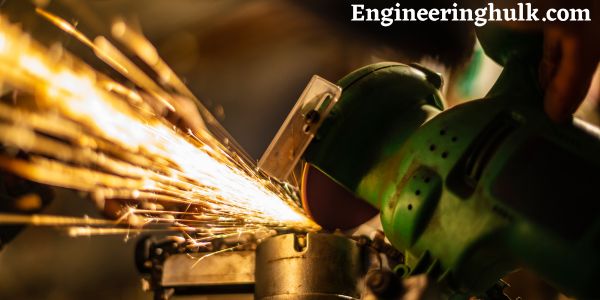

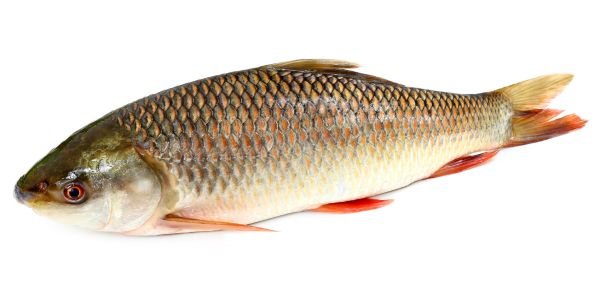


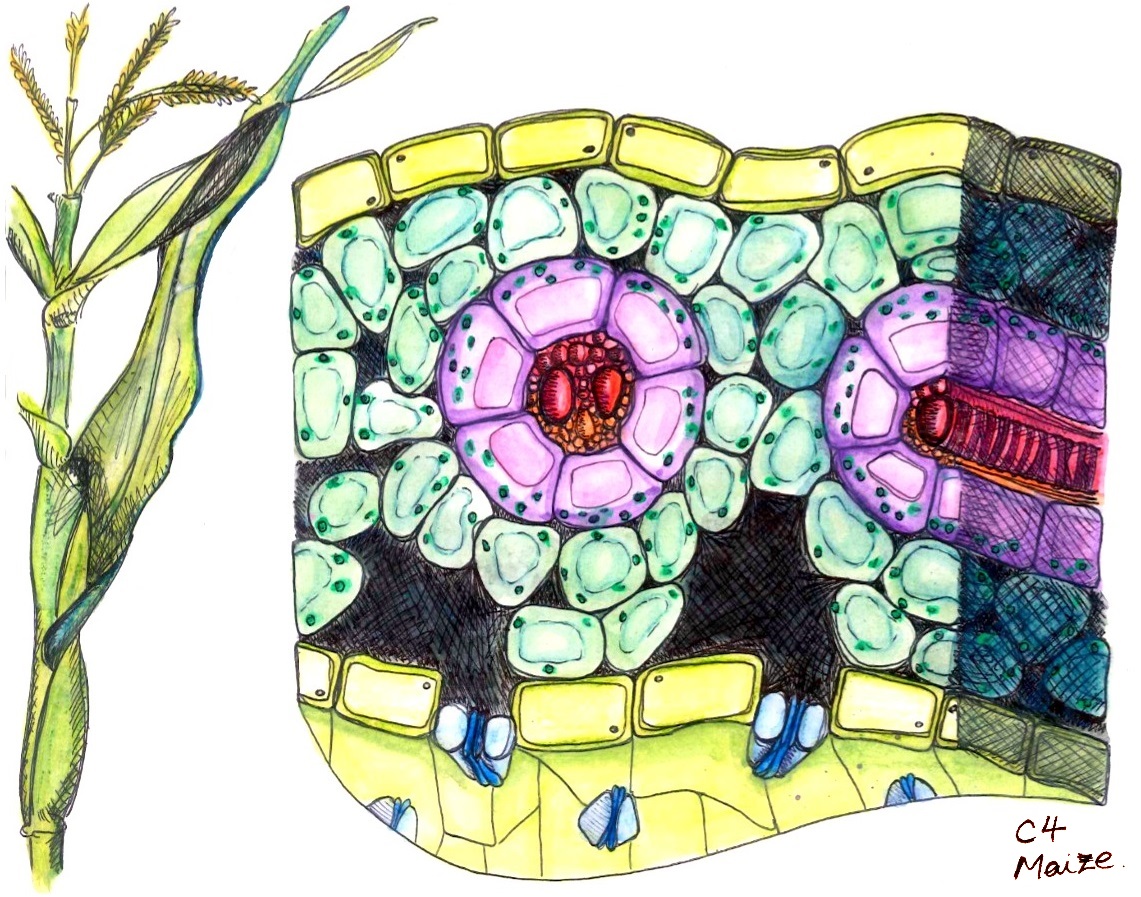


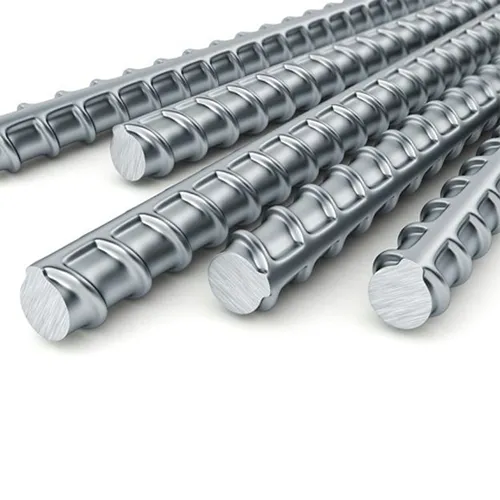








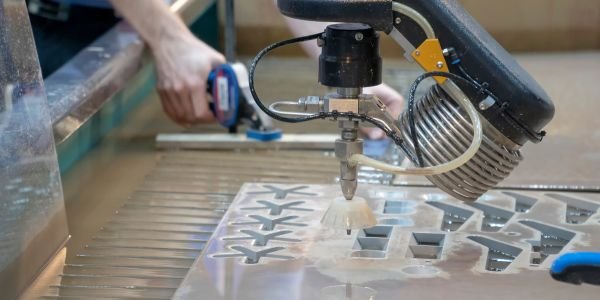

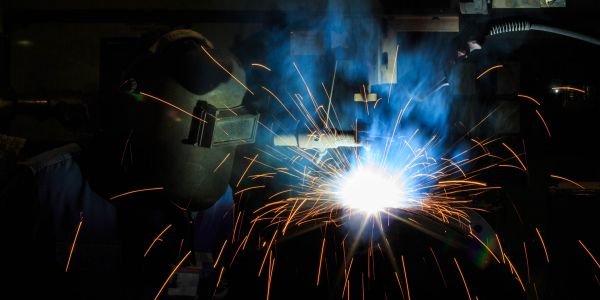
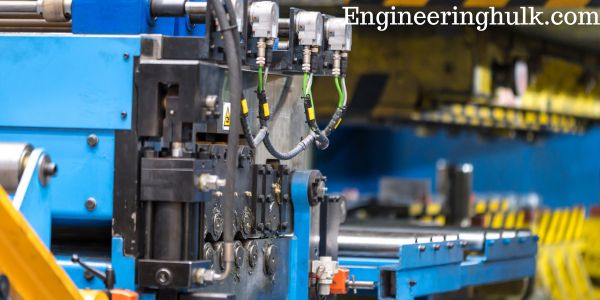



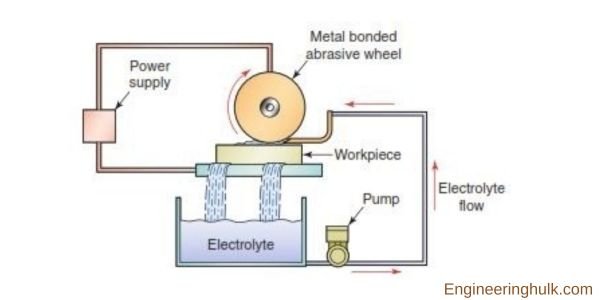



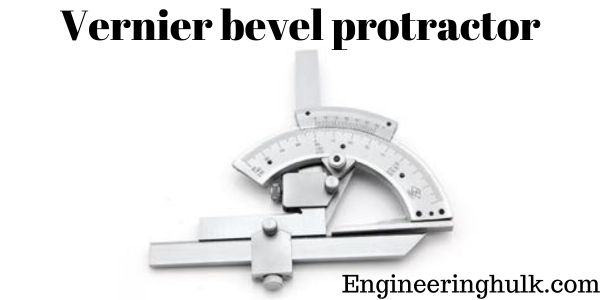
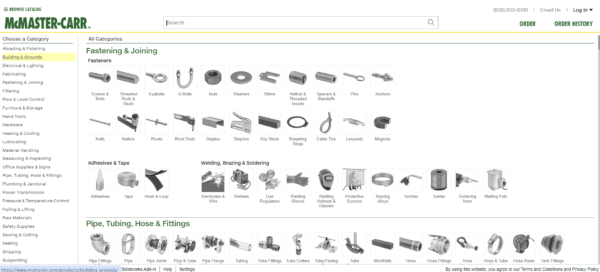
Comment on “Press Machine – Parts, Types detailed overview with Images”
Comments are closed.